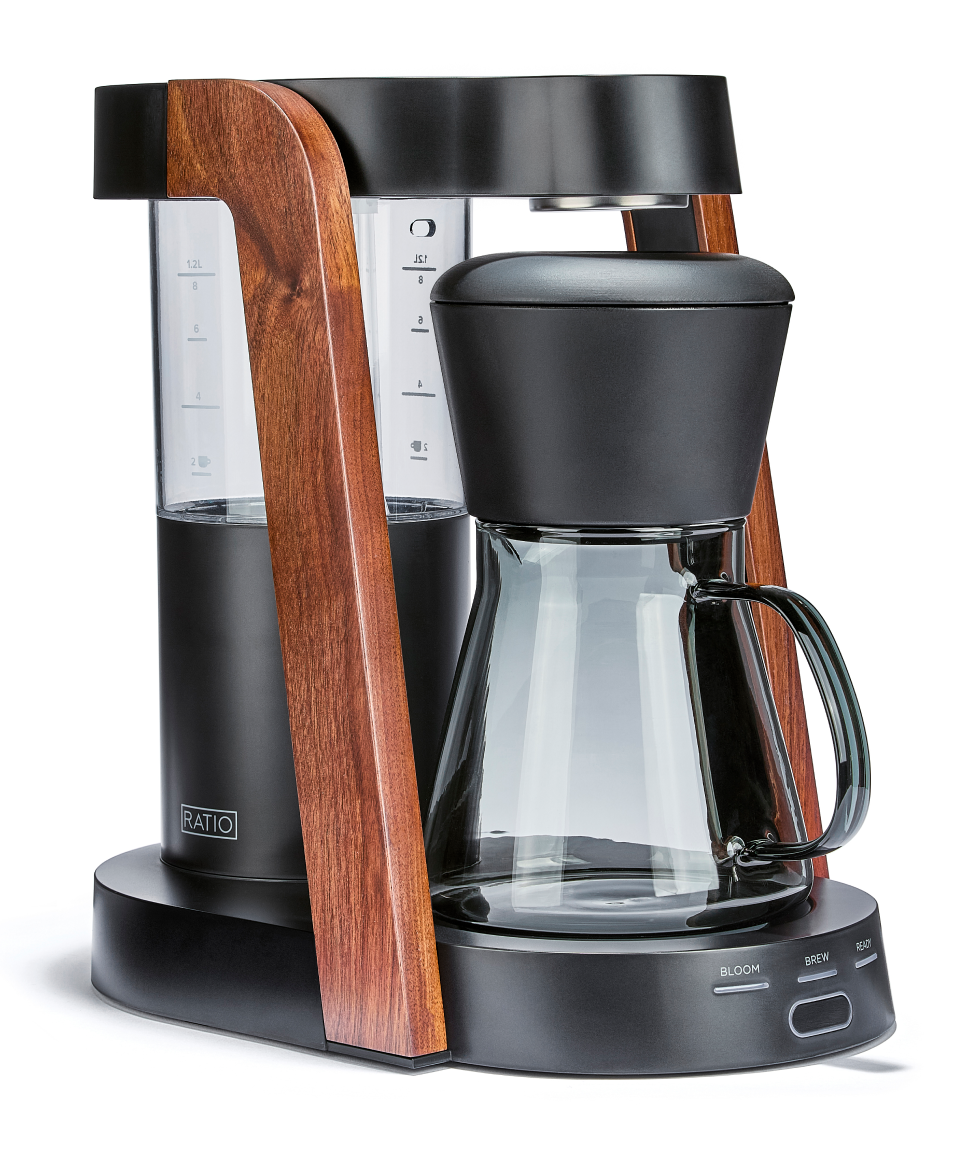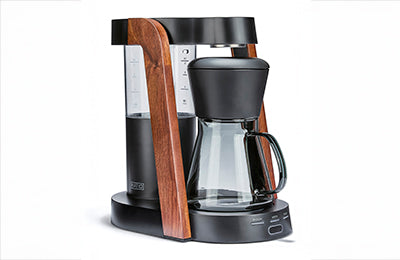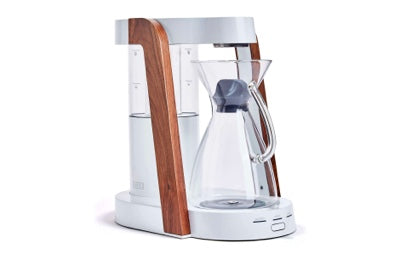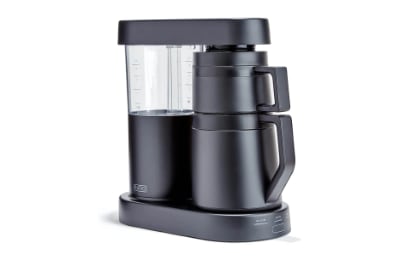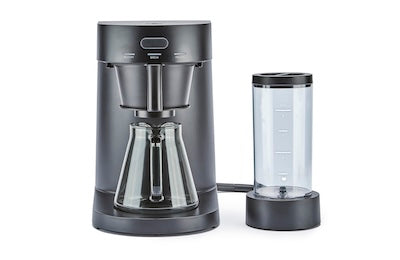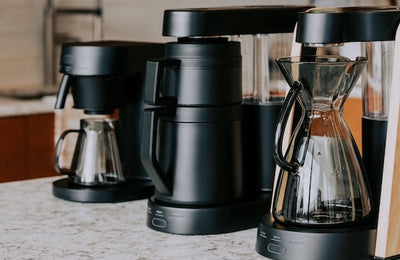How to Ruin Good Beans in 3 Easy Steps (So You Can Avoid Them)
You splurged on a bag of thoughtfully roasted, beautifully sourced coffee. You open it with anticipation — and somehow, the cup doesn’t live up to the hype. Sound familiar? Great beans can only shine when the rest of your brewing process supports them. It doesn’t take much to sabotage them.
Let’s walk through the top three ways people accidentally ruin good coffee beans — and how to avoid each one.
1. Storing Them Wrong
The moment you open a bag of coffee, time, air, light, and moisture start to degrade its quality. Even the best beans can lose their spark fast if they’re not stored properly.
Common Storage Mistakes
-
Leaving beans in the original bag with a weak seal
-
Storing them in clear or light-exposed containers
-
Keeping them in the fridge or freezer (especially if accessed often)
How to Fix It
-
Transfer beans to an airtight, opaque container
-
Keep them in a cool, dry, dark place — a pantry works great
-
Only buy as much coffee as you’ll use in 1–2 weeks
Freshness is a moving target. Good storage won’t improve bad beans, but it will protect great ones from fading too soon.
2. Grinding Carelessly
The grind is where most flavor is either unlocked — or lost. Using the wrong grind size, or a low-quality grinder, is one of the quickest ways to ruin your coffee.
What Goes Wrong
-
Blade grinders produce uneven particles, leading to inconsistent extraction
-
Using the wrong grind size for your brew method
-
Grinding too far in advance, which speeds up oxidation
How to Fix It
-
Invest in a burr grinder for consistent particle size
-
Match your grind to the brew method (e.g., fine for espresso, coarse for French press)
-
Grind right before you brew
If you’re serious about making great coffee, a reliable grinder is one of the best upgrades you can make.
3. Ignoring Ratios and Brew Timing
Even with great beans and a great grinder, eyeballing your brew can throw everything off. Coffee brewing is a balance of time, temperature, and proportion.
What Goes Wrong
-
Using too much or too little coffee for your water
-
Brewing too quickly or too slowly
-
Water that’s too hot or too cool
How to Fix It
-
Use a digital scale to measure your coffee and water (start with a 1:16 ratio)
-
Use a timer for consistency
-
Use water between 195–205°F (90–96°C)
These small details make a big difference in extracting the full flavor of your beans.
Better Beans Deserve Better Habits
You don’t have to be a pro to make great coffee. But even the most beautiful beans can’t overcome poor storage, a bad grind, or an off-ratio brew.
The good news? Each of these mistakes is easy to fix. And once you do, you’ll actually taste the quality you paid for.
When Your Coffee Maker Helps, Not Hurts
A thoughtfully engineered machine can go a long way in preserving bean integrity. Brewers from Ratio Coffee, for example, are designed to replicate ideal brewing conditions — consistent water temperature, proper saturation, and timing that mirrors pour-over precision.
They won’t fix bad beans, but they absolutely help good ones shine.
Let the Beans Speak for Themselves
Coffee doesn’t need much to be great — just care and attention to the basics. Avoiding these three common missteps ensures that the natural flavor of your beans comes through clearly, beautifully, and without interference.
Frequently Asked Questions
Do coffee beans go bad?
Not exactly, but they do go stale. Exposure to air, light, and moisture will degrade flavor over time.
Is a blade grinder really that bad?
Yes, for consistent results. Blade grinders create uneven grind sizes that lead to unbalanced brews.
What’s the ideal coffee-to-water ratio?
Start with 1:16 — one gram of coffee for every 16 grams (or ml) of water — and adjust to taste.
Can I store coffee in the fridge?
It’s not recommended. Temperature fluctuations introduce moisture and speed up degradation.
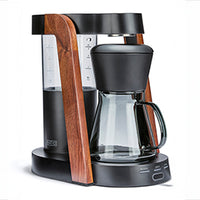 Ratio Eight S2
Ratio Eight S2
 Ratio Eight Original
Ratio Eight Original
 Ratio Six
Ratio Six
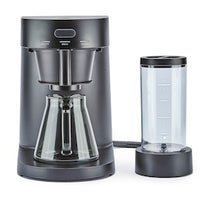 Ratio Four
Ratio Four
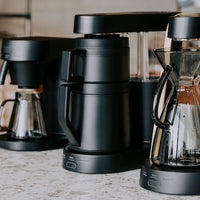 Compare Machines
Compare Machines
